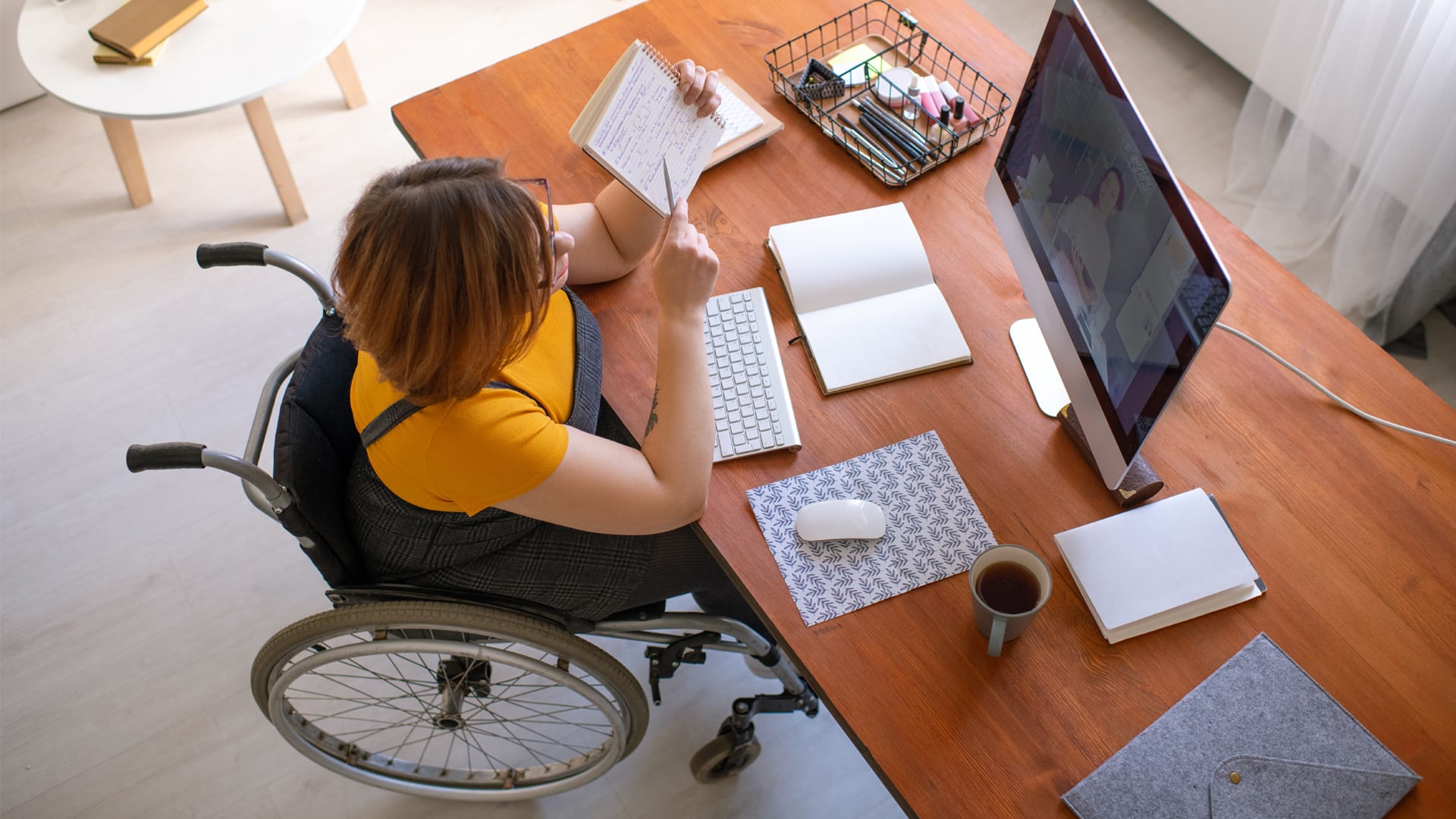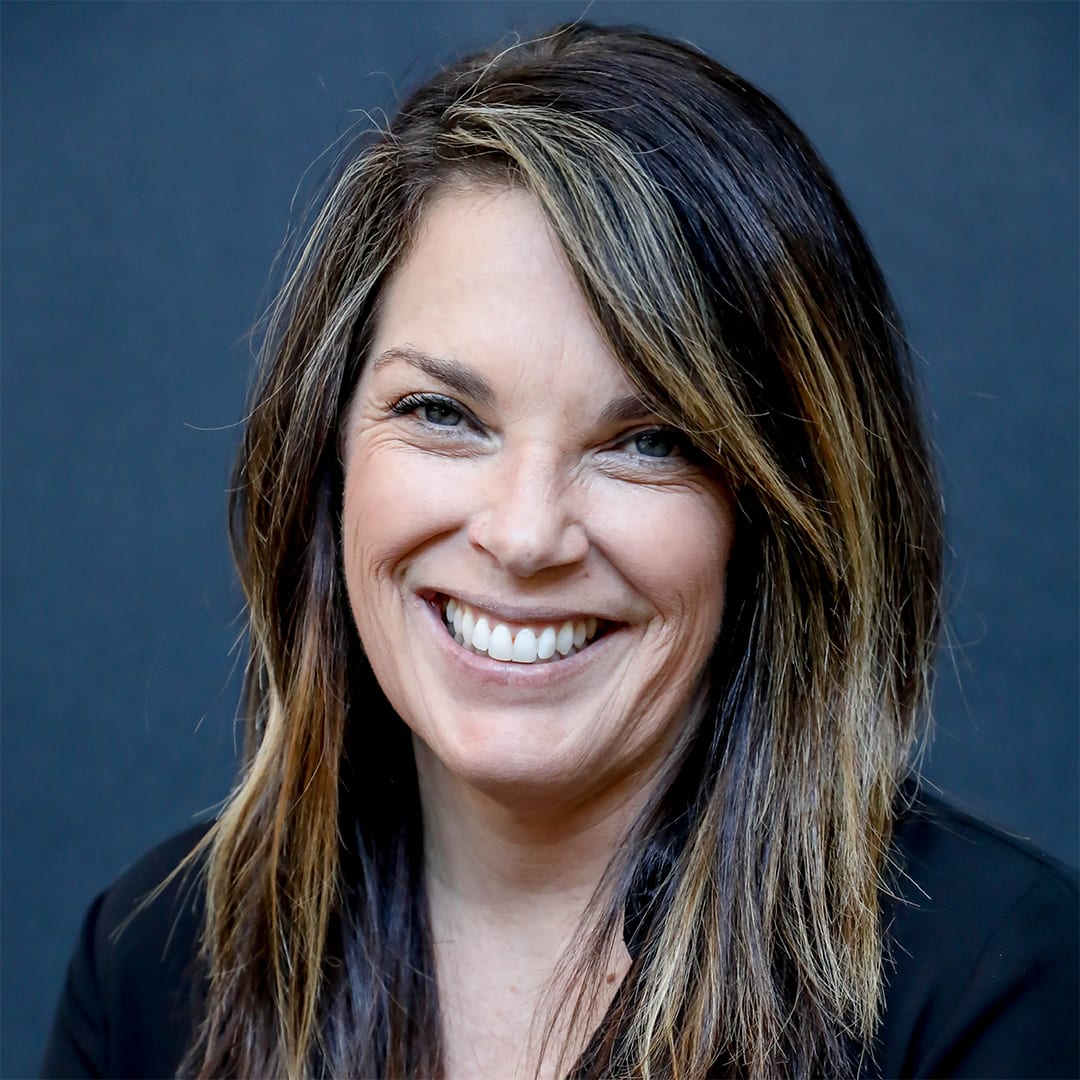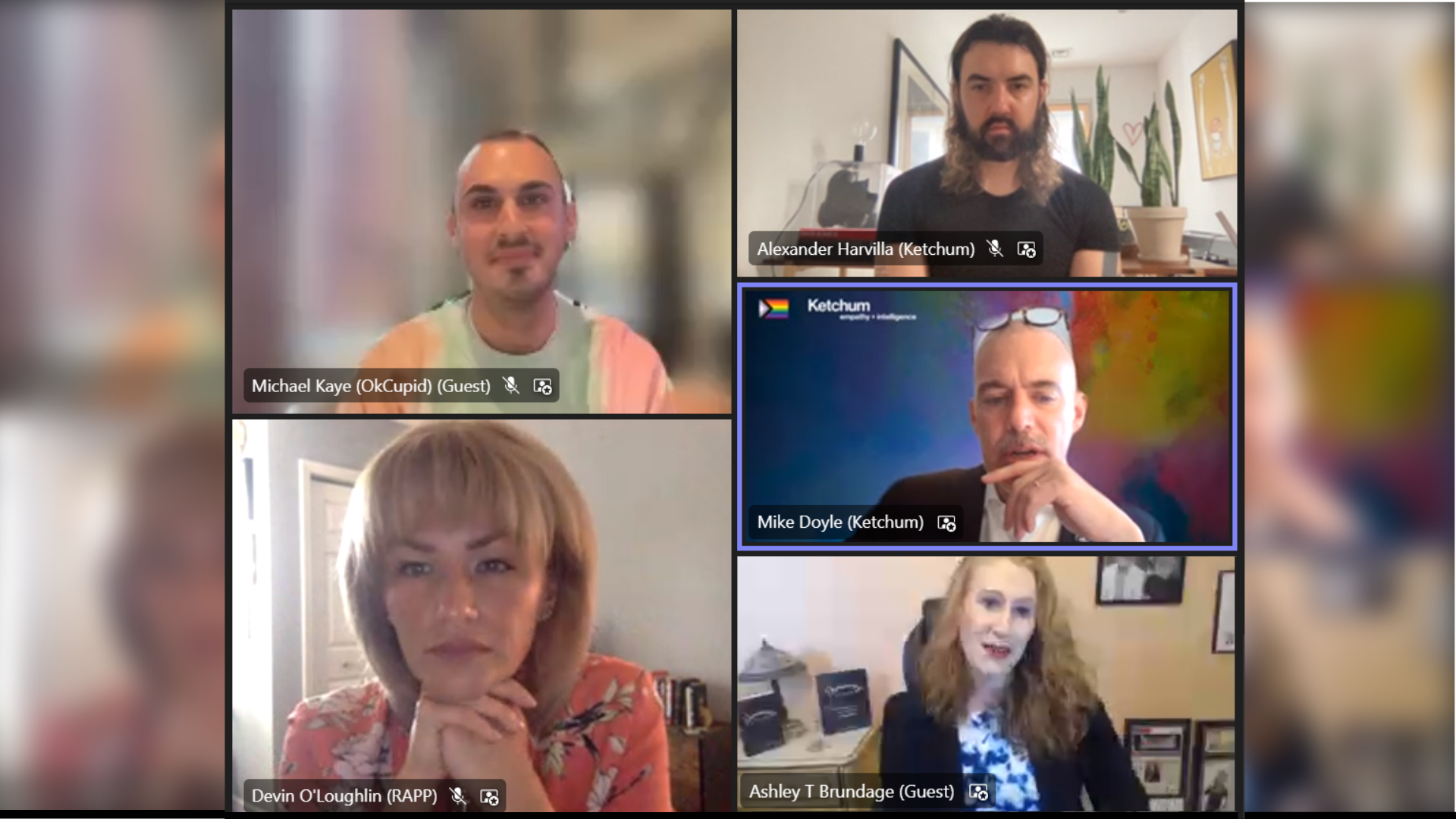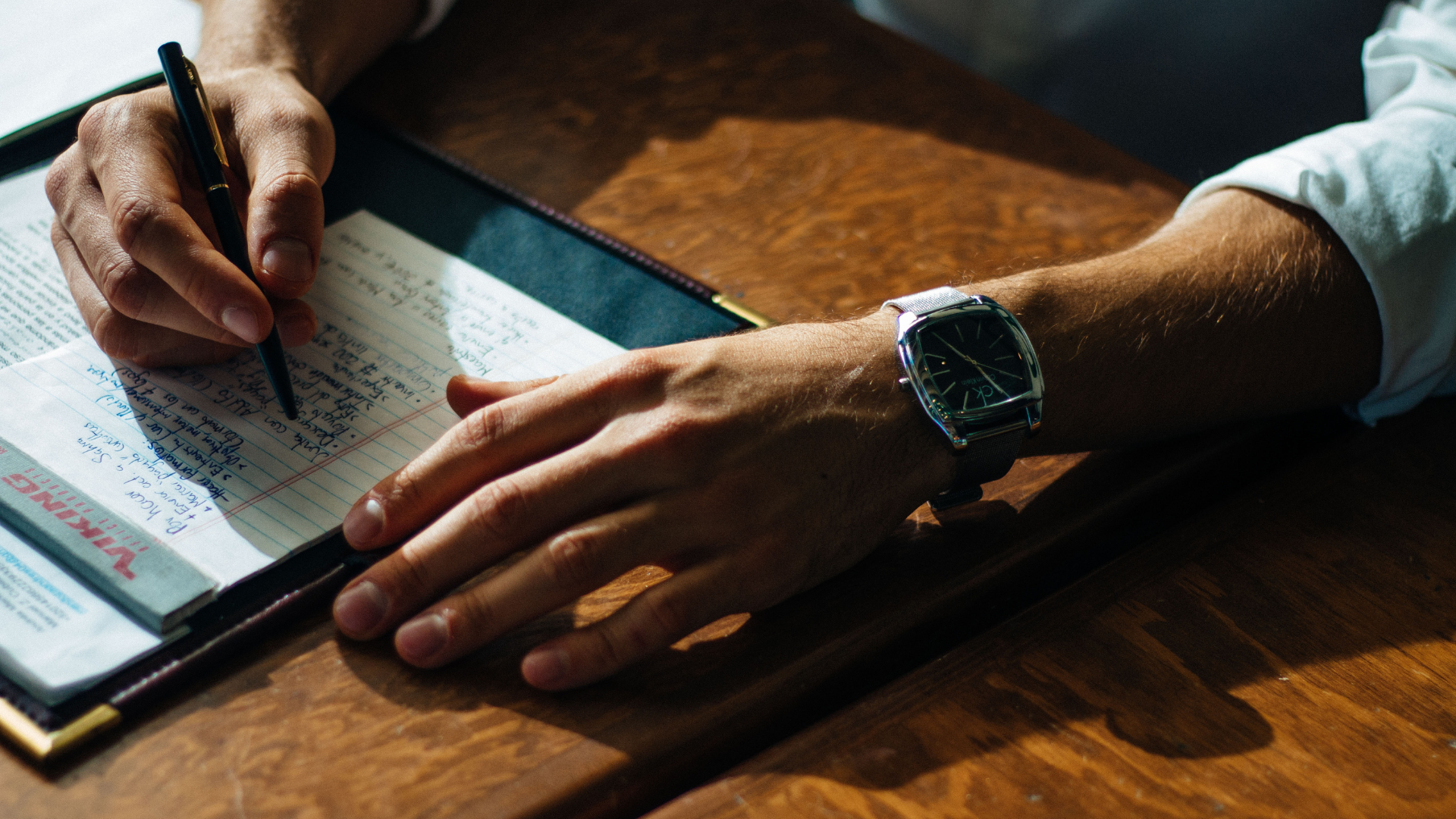October is National Disability Employment Awareness Month in the U.S., and so, as a part of Ketchum’s Diversity, Equity and Inclusion leadership team, I’ve been giving a lot of thought to how we at Ketchum can do a better job of creating a culture of inclusivity for people with disabilities.

As a person with a learning difference, who until recently shied away from being open about my challenges, this process is top of mind. I’m pretty sure anyone at Ketchum who has been on the receiving end of a typo-filled email or pointed out the occasional backwards or inverted word knew something was up. In fact, my spelling was mentioned in almost every performance review, until I came clean a few years ago and started sharing my dyslexia more openly.
In order to be successful in corporate America, let alone in a communications consultancy, I have had to employ some career saving tools. Spell check is truly my best friend, Google Maps has radically changed my life (getting lost on the way to a meeting doesn’t happen much anymore), and, for important emails or written communications like this blog post, I have someone proof my work (thanks, Jeff). I have Grammarly installed my computer, and when appropriate, verbal communication is my preference.
I am not alone. According to the CDC, 26% of Americans suffer from some kind of disability. In the 1970s, people with disabilities first began to view themselves as a minority group with civil rights to be protected, similar to other minority groups fighting for equality. This movement lead to the adoption of laws guaranteeing accessibility to employment, voting, air travel and independence in education and housing, culminating in 1990 with passage of the Americans with Disabilities Act (ADA). Since then policies, laws and attitudes have changed regarding people with disabilities. According to the National Organization on Disability/Harris Survey of Americans with Disabilities, the percentage of people with disabilities who report discrimination in the workplace has declined in recent years. Additionally, as with other underrepresented groups, the economic benefit of employing people with disabilities has been proven.
Finding any silver lining of 2020 can be challenging. However, I’m hopeful one of the upsides of this year will be companies becoming more inclusive around people with disabilities in the workforce. This year has shown us that working virtually works. I’m optimistic that this newfound realization about the virtual workforce will make it easier for the 14% of the populations with mobility challenges, such as serious difficulty walking or climbing stairs, who in the past may have been challenged by working onsite at a company. For people with other disabilities, I am hopeful that 2020 has also made us more open to being what I like to call inclusively inclusive, continuing to challenge ourselves to build truly inclusive cultures that welcome, support and foster all unrepresented groups. We need to make sure people with disabilities are included. It’s critical that we look at our policies and practices to ensure our brands are accessible to all.
Here are a few things that have become more clearer to me: it’s time for everyone to advocate for resources they need to be successful and to be more transparent about who we are. Companies are ready for us to show up as our full selves—and if they aren’t, let’s continue to push them to be. Employers need to move away from this outdated notion of culture fit and see every new employee as an opportunity not to fit in, but to add to their culture.



